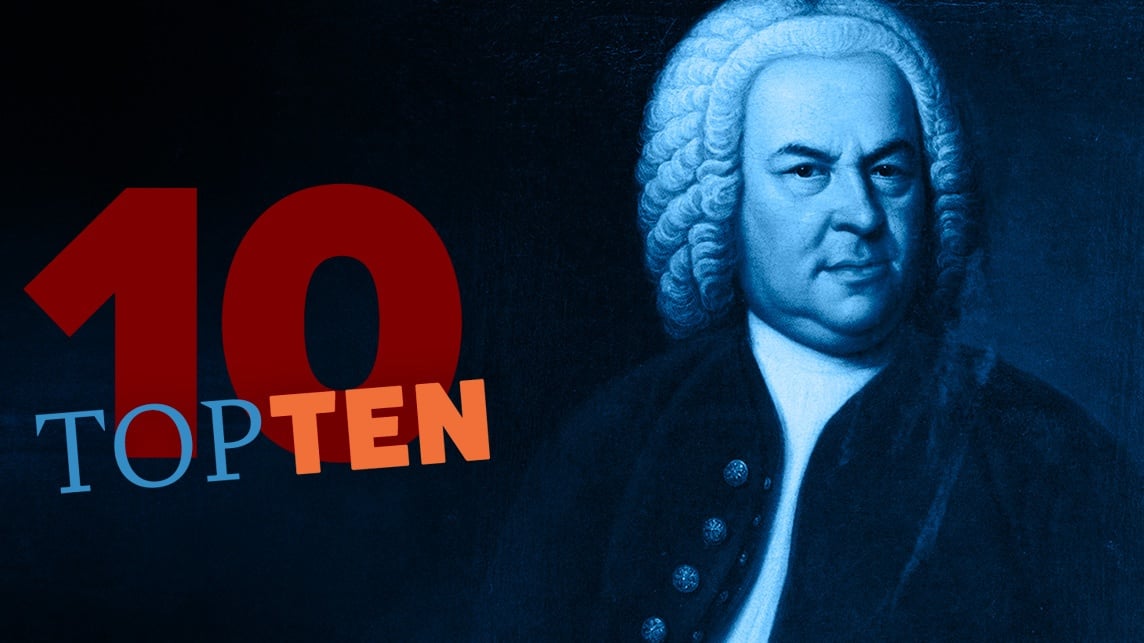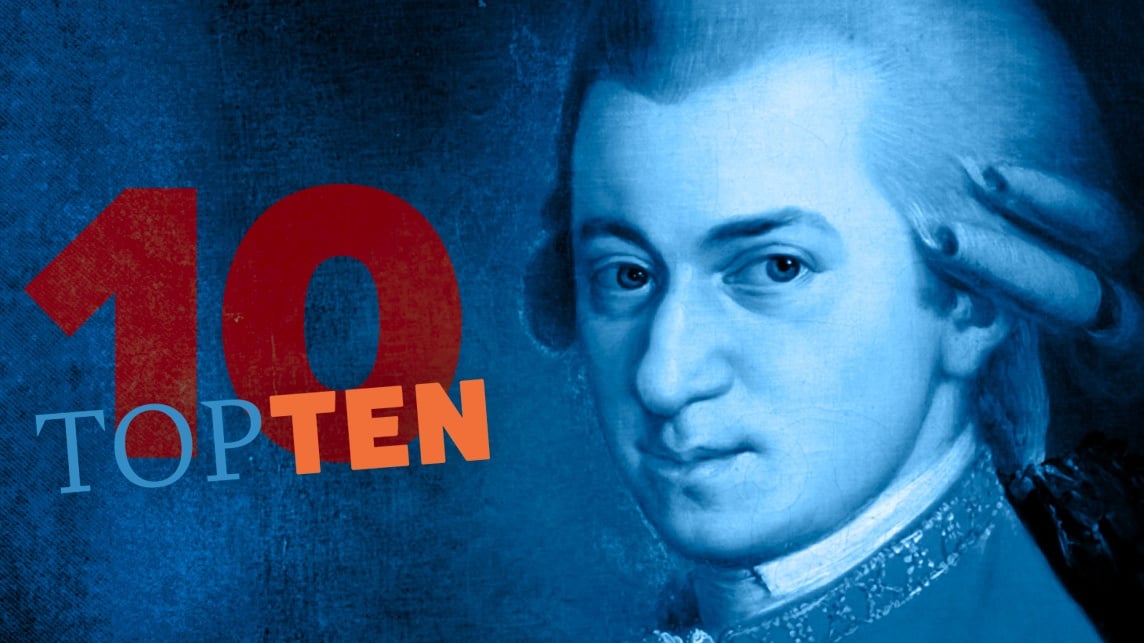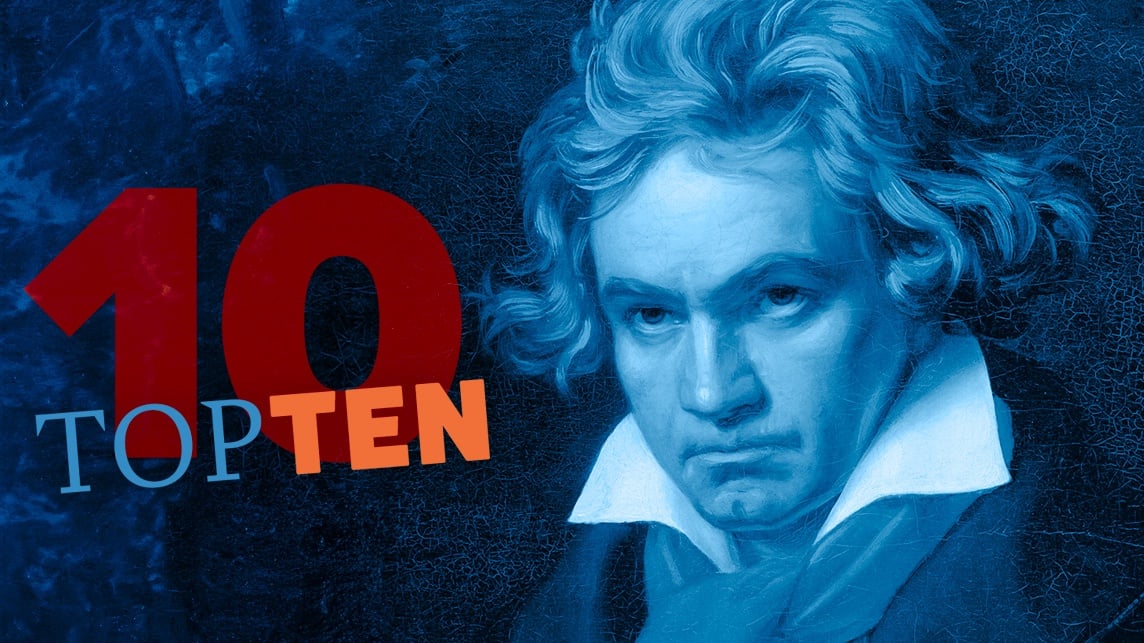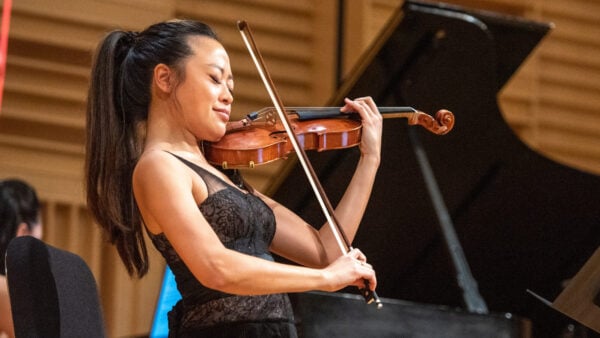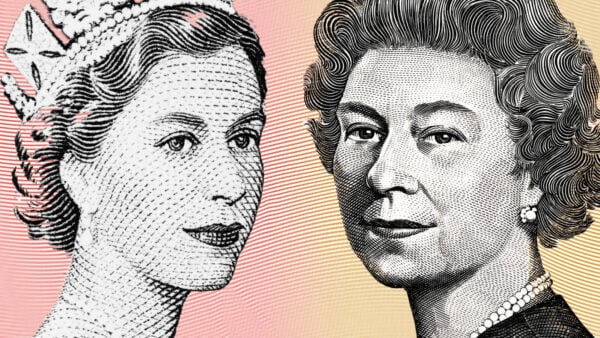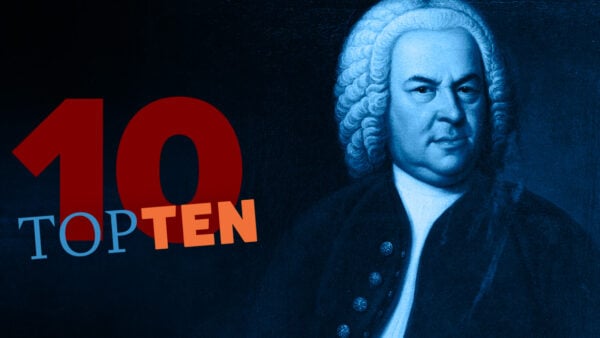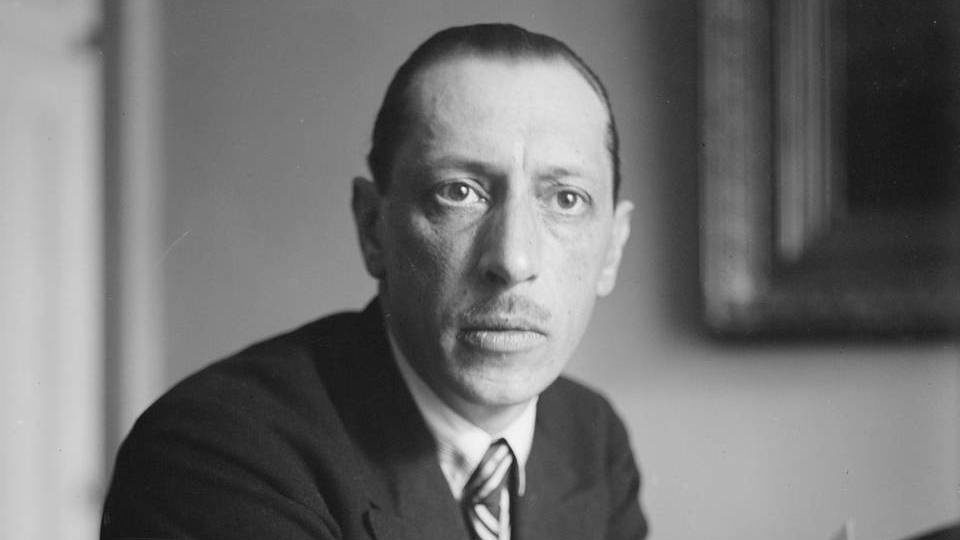 There's a before. And there's an after.
There's a before. And there's an after.
Stravinsky's prolific compositional career saw him redefine western classical music, 20th century art, and his own sound through symphonies, concertos, chamber works, and ballets. He was one of the century's great iconoclasts: originality personified.
To celebrate this composer, we called upon WFMT's hosts, staff, and listeners to create a definitive top 10 list of Igor Stravinsky's greatest works. Here are the results.
Agon I love for its position at a particular juncture of Stravinsky’s work — looking back to ancient dance forms and looking boldly forward to abstraction.
Its rhythms and instrumentation seem almost more radical than The Rite of Spring...
WFMT listener Julian G. says: For me, Les noces is the quintessentially Stravinskian work - distilled, folklore through a cubist lense, brutal, beautiful and totally individual.
WFMT music director Oliver Camacho's Essential Recording: I’ll throw a wildcard into the mix: The Knights/Eric Jacobsen
WFMT listener Clif J. says:
Rake is possibly his best neo-classical style work, and it does a good job of creating the characters and involving the audience with the story.
WFMT listener Carolyn P. says:
Rake is just a plain brilliant opera.
WFMT music director Oliver Camacho's Essential Recording:
Conductor Kent Nagano with Dawn Upshaw, Jerry Hadley, Samuel Ramey, and Grace Bumbry Upshaw is naïve and pure with clear American diction; Hadley is in his prime, sounding both youthful and rakish, and Ramey is deliciously sinister with a tone quality that sounds otherworldly. Bonus points for luxury casting of Grace Bumbry as Baba the Turk.WFMT music director Oliver Camacho's Essential Recording:
Conductor Claudio Abbado with Teresa Berganza, Ryland Davies, John-Shirley Quirk, and the London Symphony Orchestra Teresa Berganza is one of the glamorous soloists on Abbado’s Pulcinella – a coy vocalist with top shelf Classical era bona fides.
Stravinsky at his chamber best FILLED with ever engaging rhythmic vitality and development, its harmonies more daring.
Symphony of Psalms seems almost more novel than Rite of Spring, in the context of the time, with its chugging rhythms, circular lines, dry and nasal quality, and neoclassicism.
WFMT host Dave Schwan says:
The last movement is especially beautiful.
WFMT listener Gary F. says:
Symphony of Psalms is simply one of the great choral works of the 20th century.
WFMT host Kristina Lynn says: When I was in college, I saw a performance of three of Stravinsky's ballets at Symphony Center in one concert: Petrushka, Pulcinella, and Rite of Spring. And after that, they've been cemented as some of my favorite works in classical music. Petrushka is my number one pick for the iconic Ballerina's Dance played by the trumpet!
WFMT host Jan Weller says: Personally, it's the most satisfying out of the three early ballets: Petrushka, Firebird, and Rite of Spring. It's a wonderful combination of the traditional and the avant-garde, and brilliantly orchestrated.
WFMT listener Robert P. says: Petrushka is that marvelous "transition work" that led to the harmonic and rhythmic language of Rite of Spring while still employing magical orchestral textures and harmonies from Firebird.
WFMT listener Clif J. says: Petrushka is my personal favorite work by Stravinsky, the orchestration and colors are imaginative and still sound fresh.
I can't help but rank Firebird at the top after witnessing Pierre Boulez conduct it live.
WFMT listener Brent M. says: It is one of the few pieces of music that every time I close my eyes and listen I see movement and dancers. It completely wows my brain.
WFMT listener William E. says: The Firebird is a blend of graceful blend of elegance, passion, optimism that one can envision the ballet performers emulating. It calms a overburdened mind into relaxation & breathing the fresh air.
WFMT listener Arthur R. says: The rise of the Firebird is a magnificent tale of conquest and rising from adversity.
WFMT producer Cydne Gillard says: To me, The Rite of Spring is the most important work of the 20th century... it just is!
WFMT listener Craig K. says: Rite of Spring practically defines the beginning of 20th Century music.
WFMT listener Arthur R. says: The Rite of Spring is a milestone in the development of modern everything.
WFMT host Dave Schwann says: The Rite of Spring tops my list for Stravinsky's works, still packing a punch and still challenging listeners.
WFMT production assistant Weston Williams says: It shook the world when it was first performed, and I still get super pumped whenever I hear it in the concert hall or on recordings.
Full Playlist
ALSO RECEIVING VOTES
Violin Concerto in DSymphony in Three MovementsEbony Concerto
Responses have been edited for length and clarity.

